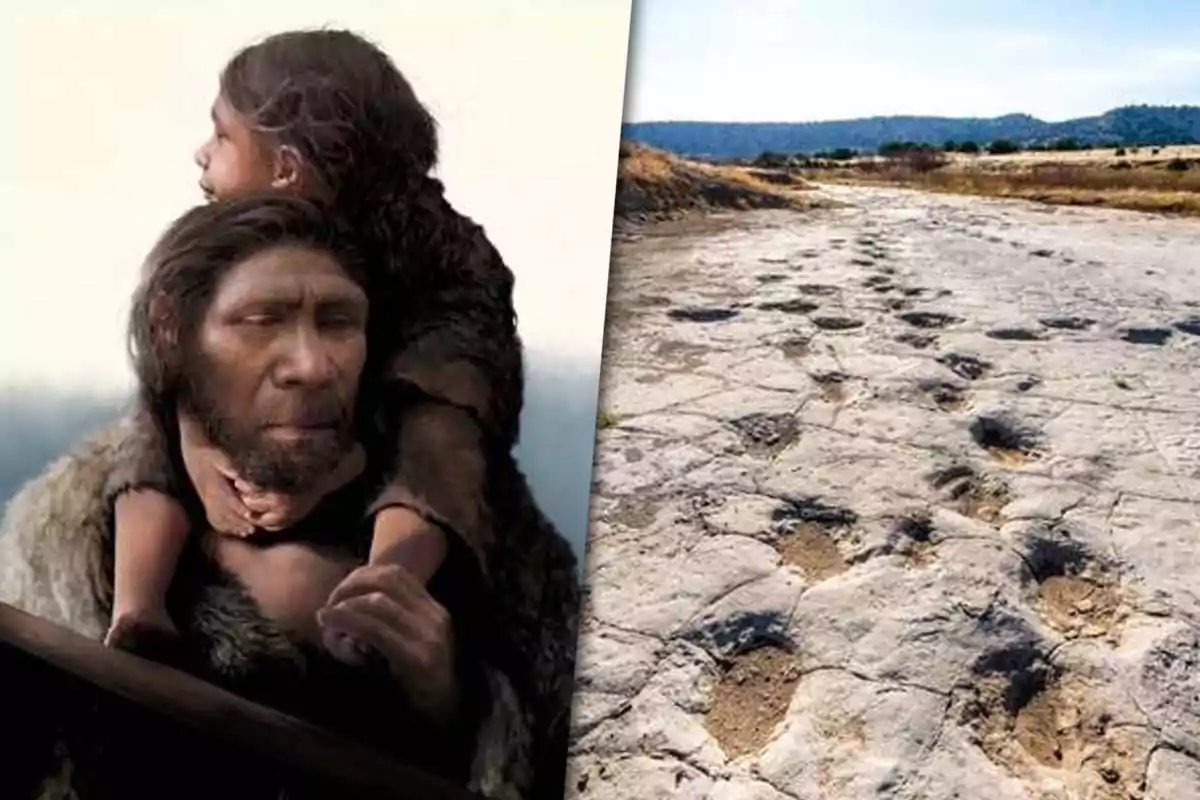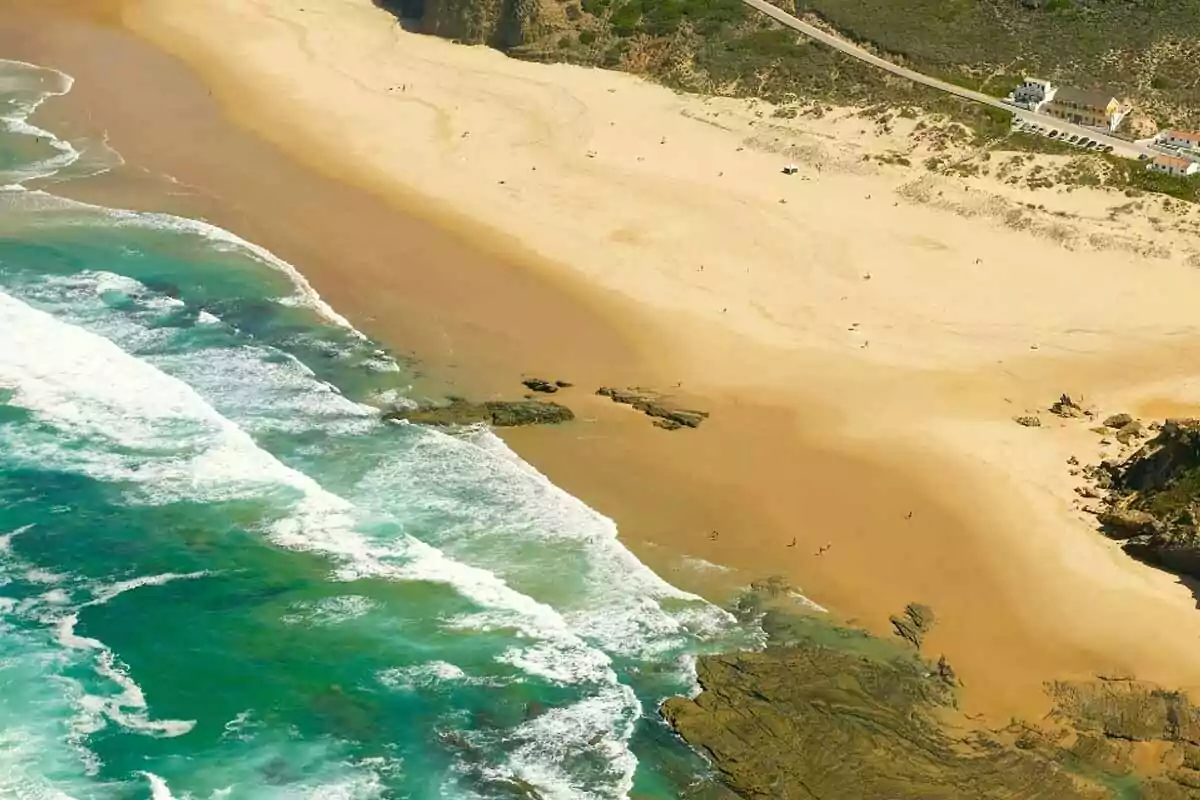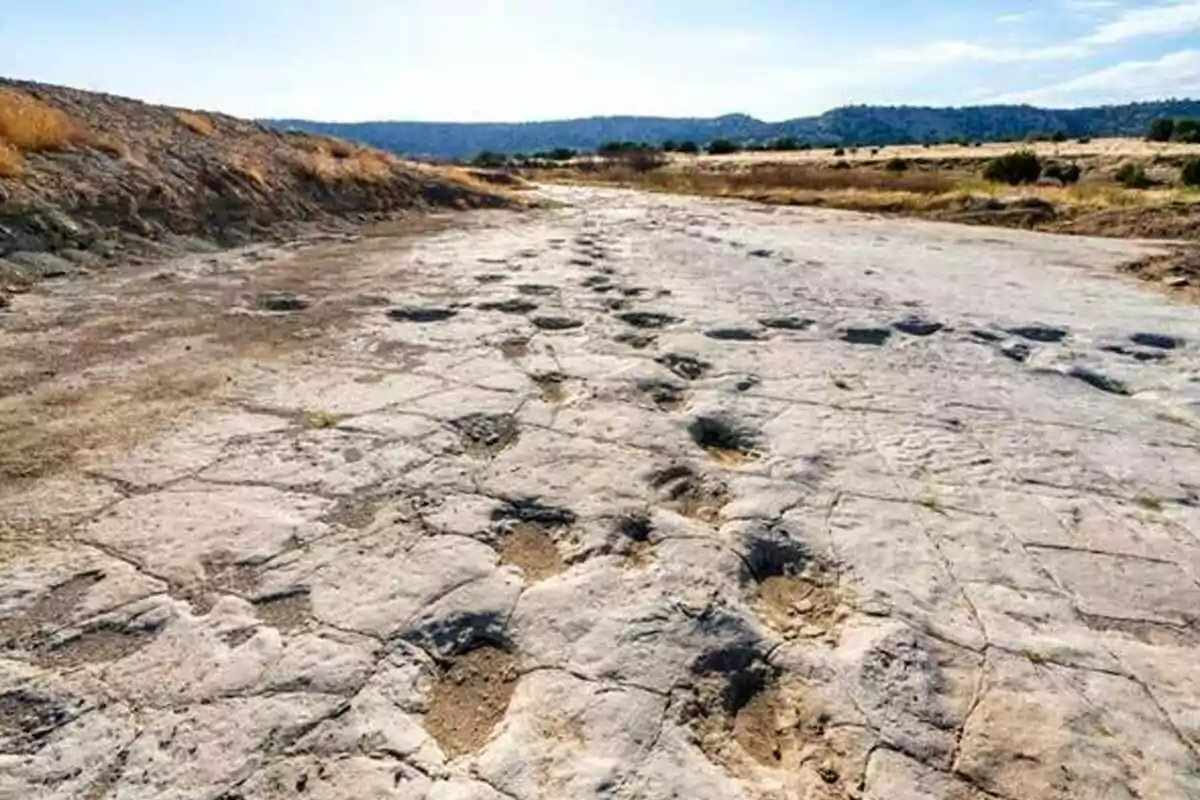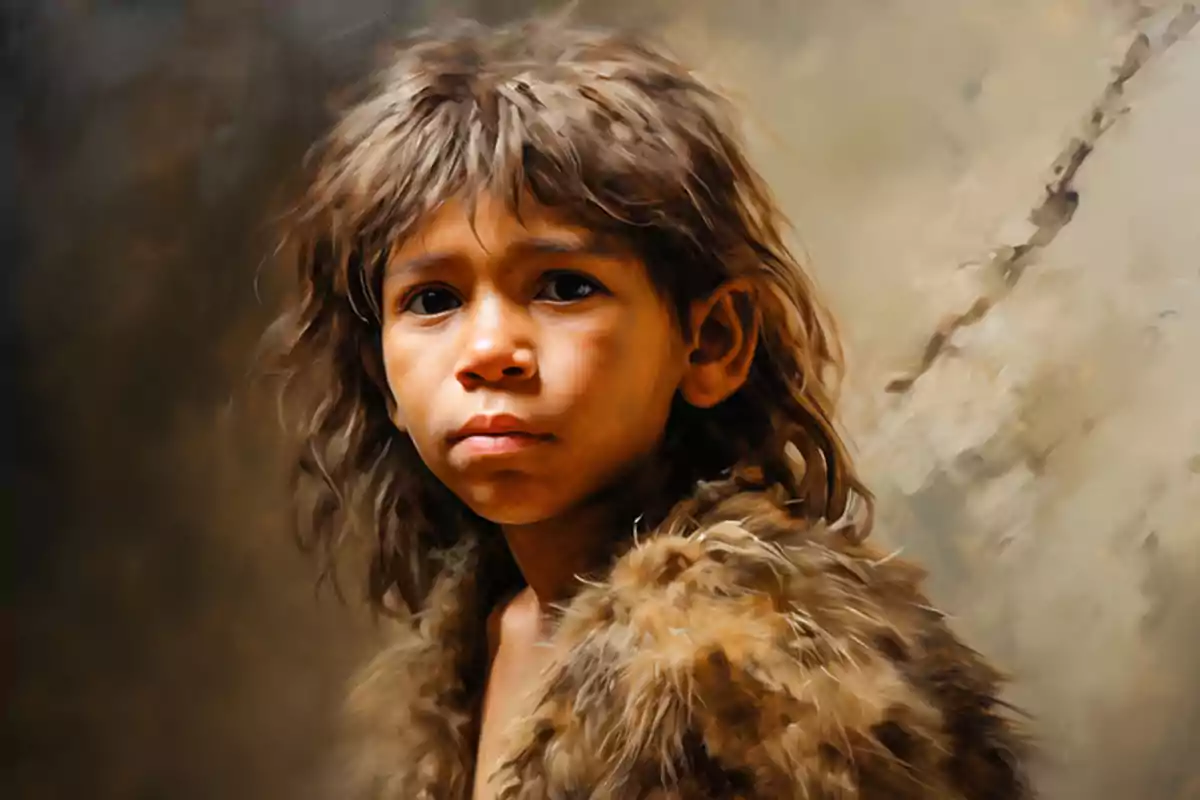
Archaeologists discover that Neanderthal babies also participated in hunting
The discovery of footprints in Portugal reveals that even babies participated in Neanderthal hunting strategies
A group of archaeologists found fossilized footprints suggesting that children and even Neanderthal babies not only accompanied but also participated in hunting activities alongside adults.
The discovery changes what was known about the social life and family organization of Neanderthals in Europe more than 80,000 years ago.

Where were the Neanderthal footprints found?
The finding took place in the dunes of Praia do Telheiro and Monte Clérigo, in the Algarve, southern Portugal. There, researchers from the University of Lisbon located fossilized human footprints dating back more than 80 millennia.
In Telheiro, the footprint of a teenager or a young woman was identified. In Monte Clérigo, meanwhile, the footprints belong to a family group with a baby who could barely walk.
Coordination and strategy
The footprints are not disordered. They form coordinated paths in elevated areas, suggesting a place designed to observe prey. Researchers also found red deer tracks, which reinforces the idea of a planned hunting scenario.

Scientists propose that adults took children to transmit knowledge and strengthen community bonds. It was not only about subsistence but also about education.
A new approach to Neanderthal childhood
This evidence changes the traditional view: children were not left out. On the contrary, they were part of the active group and learned to hunt and survive from a very young age.
Neanderthals, far from being primitive, had a complex social structure in which even the youngest played a functional role.

Other similar discoveries in the Iberian Peninsula
This finding adds to others in the region, such as those of Matalascañas, in Huelva. There, researchers also found footprints and remains of a varied diet, with large mammals and marine resources such as mollusks and fish.
The adaptability of these groups shows a deep knowledge of the environment, essential for surviving during the last glaciation.
More posts: